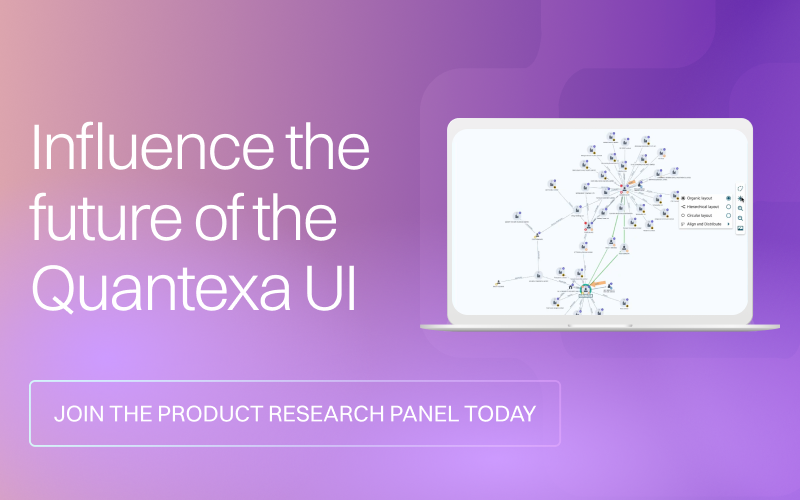 Quantexa Team
Quantexa Team5 Key Insights from the Webinar Bringing Knowledge Graphs to Life
Here are five key insights in case you missed the recent Quantexa webinar, Bringing Knowledge Graphs to Life
1. Introducing Knowledge Graphs
The webinar gave a comprehensive introduction to knowledge graphs and why they’re hot right now. , , , and delved into how knowledge graphs, enabled through improved technology, bring a profound representation of entities and their relationships at scale, fostering great opportunities for impactful analysis and visualization.
Knowledge graphs are applied in different ways, for graph analytics, semantic encoding, and delivering context to Large Language Models (LLMs) in AI.
2. Advantages and Challenges of knowledge graphs
While there are numerous advantages of knowledge graphs, there are challenges on the journey. Depending on where and how data is sourced, knowledge graphs can be incomplete. The team emphasized the critical necessity of data quality and efficient entity resolution, because any failures diminish the ability to extract accurate and novel insights. Also, as knowledge graphs are normally very large, that compounds the need for accurate entities given the storage and compute investment, but also brings challenges of interacting with, visualizing and analyzing graph information, as Aaron noted, important for data scientists.
3. Is a Graph Database Needed?
The panel noted the perceived intersection of knowledge graphs with graph databases, a domain well-marketed by graph database vendors. Ben remarked on how graph databases efficiently store and query knowledge graph data, but as knowledge graphs adapt with your organization’s data and needs, it’s important not to lock information away and be constrained by a single database. Ana highlighted how knowledge graphs can and should work across your organization’s data platforms and software.
Aaron noted how data scientists, who thrive on iterative ad-hoc investigation and batch processing, benefit from direct access to knowledge graph structures.
4. Practical Implementation of knowledge graphs
Knowledge graphs can be implemented across a wide spectrum of industries ranging from drug discovery to telecommunications and supply chains, and into functions like risk modeling, fraud detection, sales and marketing opportunities. Whatever the use case, it’s only a hop, skip and a jump from mainstream “tabular thinking” to “thinking graph,” given the elevation of expanded relationship information, i.e., edges, across entities, i.e. nodes.
5. Transformational Effects of knowledge graphs
The panelists shared how knowledge graph technology had revolutionized their respective roles before and during their time at Quantexa. Ana pointed to the innovation opportunities leading to increased work satisfaction. Ben too appreciated how knowledge graphs unraveled unique solutions and allowed them to tackle complex problems. Steve pondered how the evolution of computational knowledge can drive change and unlock value across decision-making, science and engineering.
This webinar is well worth watching to learn about the increasingly prominent role of knowledge graphs in data analysis, AI and decision-making.
View the full webinar recording at Bringing Knowledge Graphs to Life
Explore QKnowledgeGraph capability in the Quantexa Documentation
